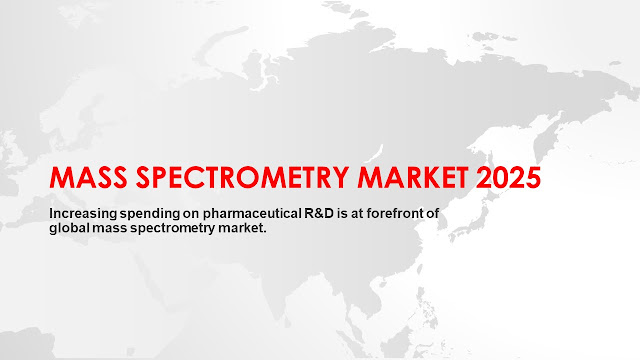Epigenetics: Emergence of New Applications and Technologies Driving Industry at 13.3%
The growth
in epigenetics market is primarily attributed to decreasing sequencing costs,
increasing research activity, funding for epigenetics research, rising
prevalence of cancer and growing applications of epigenetics in non-oncology
diseases. Expanding application areas of epigenetics in non-oncology diseases,
personalized medicine, and target therapy are expected to provide growth
opportunities for players operating in the market in the coming years.
Epigenetics Market Dynamics: Impact Analysis
1. Global Market for Epigenetics: Developed vs Developing Countries
2. Rising Cancer Prevalence
3. Increasing Research Activities
4. Declining Sequencing Costs and Time
5. High Growth Potential in Emerging Markets
6. Growing Applications of Epigenetics in Personalized Medicine
7. Use of Epigenetics in Non-Oncology Applications
The global epigenetics market is projected to reach USD 1.60 billion by 2022 from USD 0.85
billion in 2016, at a CAGR of 13.3%.
Key Questions Addressed in The Report:
1. Who are the top 10 players operating in the global
Epigenetics market?
2. What are the drivers, restraints, opportunities, and challenges in the
Epigenetics Industry?
3. What are the opportunities
for stakeholders and provide details of the competitive landscape for key
players?
4. What will be growth of Epigenetics in North America, Europe, Asia Pacific,
Latin America, and the Middle East and Africa?
Download PDF Brochure:
https://www.marketsandmarkets.com/pdfdownloadNew.asp?id=896
Epigenetics
refers to the covalent modification of DNA, RNA, or protein that results in
changes to the function and/or regulation of these molecules, without altering
their primary sequences. These modifications can occur naturally, or can be
influenced, by several factors including age, environment, disease state, and
changes in lifestyle.
Epigenetics Products:
Based on product, the global epigenetics market is segmented into enzymes,
instruments and consumables, kits, reagents and bioinformatics tools. The kits
segment is expected to grow at the highest CAGR of 16.2% from 2017-2022 due to
the fact that a large number of kits are used in various epigenetics
techniques. The rising prevalence of a number of diseases, increasing R&D
spending, and growing government funding for life science research are further
contributing to market growth in this segment.
Applications of Epigenetics:
Oncology is one of those applications where epigenetics technology is
extensively used for deriving therapeutic strategies designed to reverse
transcriptional abnormalities inherent to the cancer epigenome. The disruption
of epigenetic modifications, such as DNA methylation and histone modification,
results in altered gene function or expression and cellular transformation
leading cancer. Epigenetics assists in the development of inhibitors of DNA
methyltransferases and histone deacetylases (HDACs), which have been found to
be clinically effective in cancer treatment, attesting to the value of
epigenetic therapies in oncology.
Regional Growth Analysis:
The epigenetics market in Asia-Pacific region is expected to witness the
highest CAGR during the forecast period of 2017 to 2022. The growth of this
segment can be attributed to the increasing R&D spending, increasing
government initiatives, and rising focus on key market players in the region.
Emerging markets such as Brazil, China, and India offer significant growth
potential to market players.
Request Sample Report:
https://www.marketsandmarkets.com/requestsampleNew.asp?id=896
Key Players:
The global epigenetics market is characterized by a large number
of players. The prominent players of this market are Illumina (US),
Thermo Fisher (US), Diagenode (Belgium), QIAGEN (Netherlands), Merck Millipore
(US), Abcam (UK), Active Motif (US), New England Biolabs (US), Agilent (US), Zymo
Research (US), PerkinElmer (US), Bio-Rad (US). These companies are pursuing
several organic and inorganic growth strategies such as acquisitions,
collaboration, partnerships, agreements, expansions, and product launches.




Comments
Post a Comment